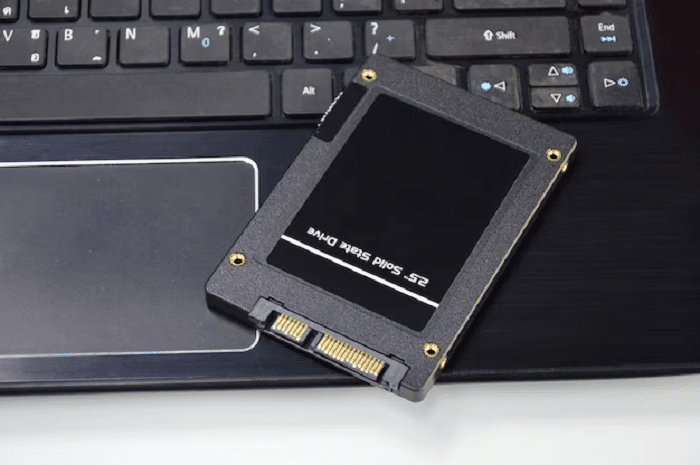Solid-state drives (SSDs) are becoming increasingly popular as they offer faster performance and better reliability than traditional hard drives. However, SSDs can still be corrupted, which can lead to the loss of important data.
If your SSD has become corrupted, there are a few things you can do to try to recover your data. Here are 5 ways for corrupted SSD data recovery in Sydney:
Table of Contents
1. Use Data Recovery Software
There are a number of data recovery software programs available that can help you recover data from a corrupted SSD. These programs work by scanning the SSD for recoverable data. Some of the most popular data recovery software programs include Recuva, EaseUS Data Recovery Wizard, and Stellar Data Recovery.
When choosing a data recovery software program, it is important to select one that is compatible with your SSD and that has a good reputation for recovering data. You should also read reviews of the software program to see what other users have said about it.
Once you have selected a data recovery software program, you can follow the instructions in the program to scan your SSD for recoverable data. The scan process may take some time, depending on the size of your SSD and the amount of data that is corrupted.
Once the scan is complete, the data recovery software program will display a list of the recoverable files. You can then select the files that you want to recover and save them to a new location.
2. Use a Professional Data Recovery Service
If you are unable to recover your data using a data recovery software program, you may need to hire a professional data recovery service. These services have the expertise and equipment to recover data from even the most corrupted SSDs.
When choosing a professional data recovery service, it is important to select one that has a good reputation and that has experience recovering data from SSDs. You should also get quotes from several different services before making a decision.
Once you have selected a professional data recovery service, they will send you a shipping label so that you can send them your SSD. The service will then scan your SSD for recoverable data and will contact you with their findings.
The cost of professional data recovery services can vary depending on the severity of the corruption and the amount of data that needs to be recovered. However, in most cases, the cost of professional data recovery is less than the cost of replacing all of the data that was lost.
3. Contact the Manufacturer of your SSD
Some SSD manufacturers offer data recovery services. If your SSD is still under warranty, the manufacturer may be able to recover your data for free or at a reduced cost.
To contact the manufacturer of your SSD, you can visit their website or call their customer support line. The manufacturer will likely ask you to provide them with the serial number of your SSD and some information about the corruption.
4. Send your SSD to a Data recovery Lab
If you have tried all of the other options and you are still unable to recover your data, you may need to send your SSD data recovery lab. Data recovery labs have the most advanced equipment and expertise for recovering data from corrupted SSDs.
The cost of sending your SSD to a data recovery lab can be expensive, but it is often the only way to recover data from a severely corrupted SSD.
5. Prevent Data Corruption in the Future
There are a number of things you can do to prevent data corruption on your SSD in the future. These include:
- Regularly backing up your data.
- Using a surge protector to protect your SSD from power surges.
- Keeping your SSD cool.
- Avoiding using third-party software to defragment your SSD.
By following these tips, you can help to protect your data from corruption and you can reduce the chances of having to recover your data in the future.

